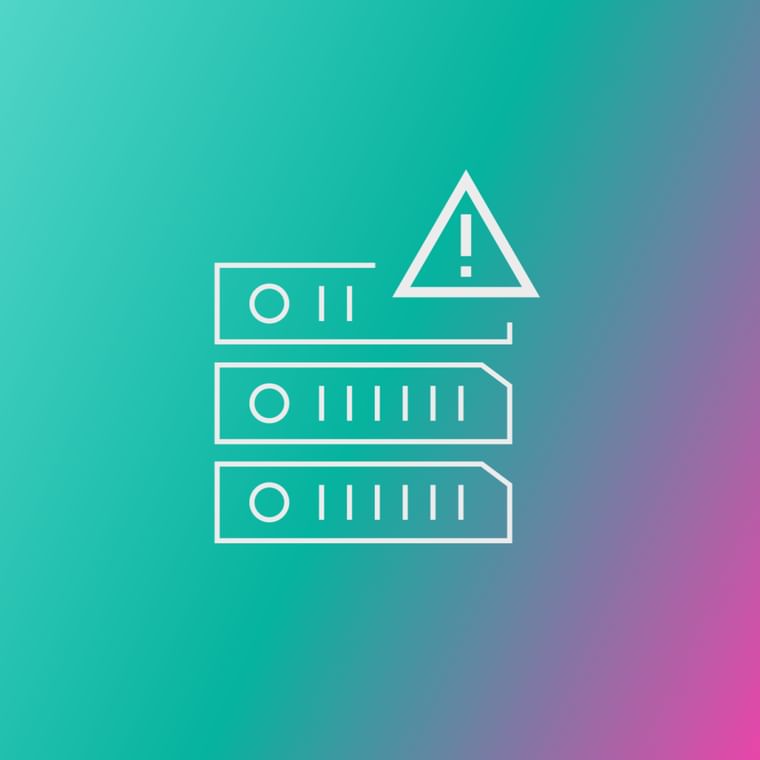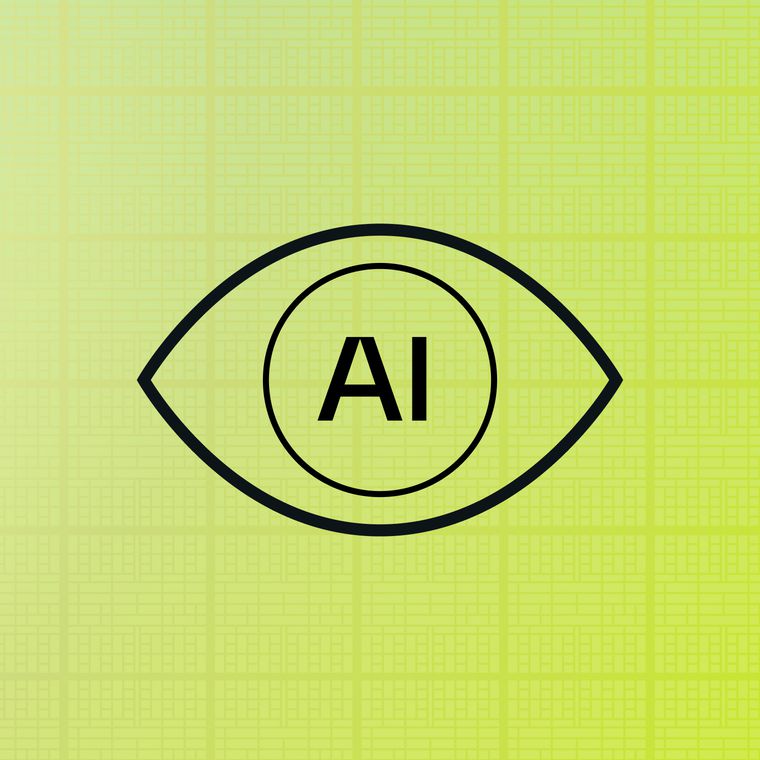Real networks rarely implement all seven OSI layers as distinct entities. Most modern implementations combine or skip certain layers based on practical requirements. The TCP/IP model, with its four layers, more accurately represents actual internet architecture. Network protocols often span multiple OSI layers or operate between layer boundaries. However, the OSI model remains valuable for conceptual understanding, protocol design, and systematic troubleshooting of network issues.
OSI Model
The Open Systems Interconnection (OSI) model provides a seven-layer framework for understanding network communication, enabling diverse systems to exchange data through standardized protocols and interfaces.
What Is the OSI Model?
The Open Systems Interconnection (OSI) model is a conceptual framework that divides network communication functions into seven distinct layers. This standardized model enables different computer systems, applications, and network technologies to communicate effectively, regardless of their underlying architecture or manufacturer. Each layer performs specific functions while working together to transmit data between networked devices.
Modern networks rely on this framework to ensure interoperability between diverse technologies. The model describes networking as a series of protocol layers with specific functions allocated to each layer. Each layer offers services to higher layers while shielding them from implementation details, creating a well-defined interface between adjacent layers.
Organizations use the OSI model to troubleshoot network issues, design protocols, and understand how data flows through complex systems. While rarely implemented exactly as specified, the model serves as a universal language for network professionals to discuss and solve communication challenges.
How the OSI Model Works
The OSI model operates through bidirectional data flow across seven layers, with each layer communicating with the layers directly above and below it in the stack.
Here's how the OSI model functions:
Layered Communication: Data moves through each layer sequentially, with each layer adding or removing specific information through headers and control information during transmission.
Encapsulation Process: As data moves down the stack from sender to receiver, each layer encapsulates the data from the layer above by adding its own header information, creating a nested structure.
Protocol Independence: Each layer operates independently using specific protocols, allowing changes at one layer without affecting others, which simplifies network design and troubleshooting.
Service Provisioning: Every layer provides services to the layer above it and requests services from the layer below, creating a hierarchical service architecture.
The Seven Layers of the OSI Model
Understanding how networks function through the OSI model enables organizations to build more effective architectures and security controls by breaking down complex communication into manageable layers.
Starting at the foundation, the Physical Layer handles raw electrical signals through cables, connectors, and network cards. It manages voltage levels, timing, and bit synchronization to ensure data travels accurately across physical media.
The Data Link Layer organizes these bits into frames, adding error detection through cyclic redundancy checks. Its MAC sublayer coordinates how devices share network access, while Logical Link Control manages flow and recovery.
Moving up, the Network Layer enables communication across different networks using IP addresses for logical addressing. It determines optimal paths for data packets and fragments them when needed for transmission.
The Transport Layer ensures reliable delivery between applications, segmenting messages and managing flow control. TCP provides guaranteed delivery while UDP offers faster, best-effort transmission.
The Session Layer establishes and manages connections between applications, handling authentication and implementing checkpoints for recovery in the event of connection failure.
The Presentation Layer translates data formats, provides encryption for security, and compresses data for efficient transmission.
Finally, the Application Layer delivers network services through protocols like HTTP, FTP, and DNS, providing the interface between network capabilities and user applications.
OSI Model vs. TCP/IP Model
While the OSI model provides theoretical understanding, the TCP/IP model drives practical internet communication.
The TCP/IP model consolidates the OSI's seven layers into four functional layers. The network access layer combines OSI's physical and data link layers, handling hardware interfaces and local network communication. The internet layer corresponds to the OSI's network layer, which manages logical addressing and routing. The transport layer serves the same function in both models, ensuring the reliable delivery of data. The application layer in TCP/IP encompasses OSI's session, presentation, and application layers.
TCP/IP's simpler architecture and proven real-world implementation have made it the de facto standard for internet communication. Its lightweight design requires fewer system resources and offers easier implementation compared to the comprehensive but complex OSI framework. Organizations typically reference OSI for educational and troubleshooting purposes while implementing TCP/IP for actual network operations.
Business Impact of Understanding the OSI Model
Effective comprehension of the OSI model delivers tangible benefits for security operations and network management.
Organizations that leverage OSI knowledge and experience improve troubleshooting efficiency by isolating problems to specific layers, thereby reducing the mean time to resolution for network issues. Security teams utilize layer-specific understanding to implement defense-in-depth strategies, applying appropriate controls at each level of the network stack.
Development teams benefit from modular design principles, creating applications that efficiently utilize network services without worrying about lower-layer implementation details. This abstraction accelerates development cycles and improves application portability across different network infrastructures.
Network architects use OSI principles to design scalable, interoperable systems that accommodate diverse technologies and vendors. Understanding layer interactions helps predict performance bottlenecks and optimize data flow across complex enterprise networks.
Ready to protect your organization across all communication layers? Book a demo to see how Abnormal enhances your multi-layered security strategy.
Frequently Asked Questions (FAQs)
Get the Latest Email Security Insights
Subscribe to our newsletter to receive updates on the latest attacks and new trends in the email threat landscape.
Featured Resources

Product
The Last 1% of Attacks: Rise and Fall of the SEGMay 29, 2025
/
5 min read

Artificial Intelligence
AI, People, and Policy: What We Learned from Convergence Season 4May 22, 2025
/
6 min read

Threat Intel
Legitimate Senders, Weaponized: How Abnormal Stops Email Bombing AttacksMay 19, 2025
/
6 min read

CISO Insights
Through the Looking Glass: A CISO's Take on RSAC 2025May 09, 2025
/
7 min read